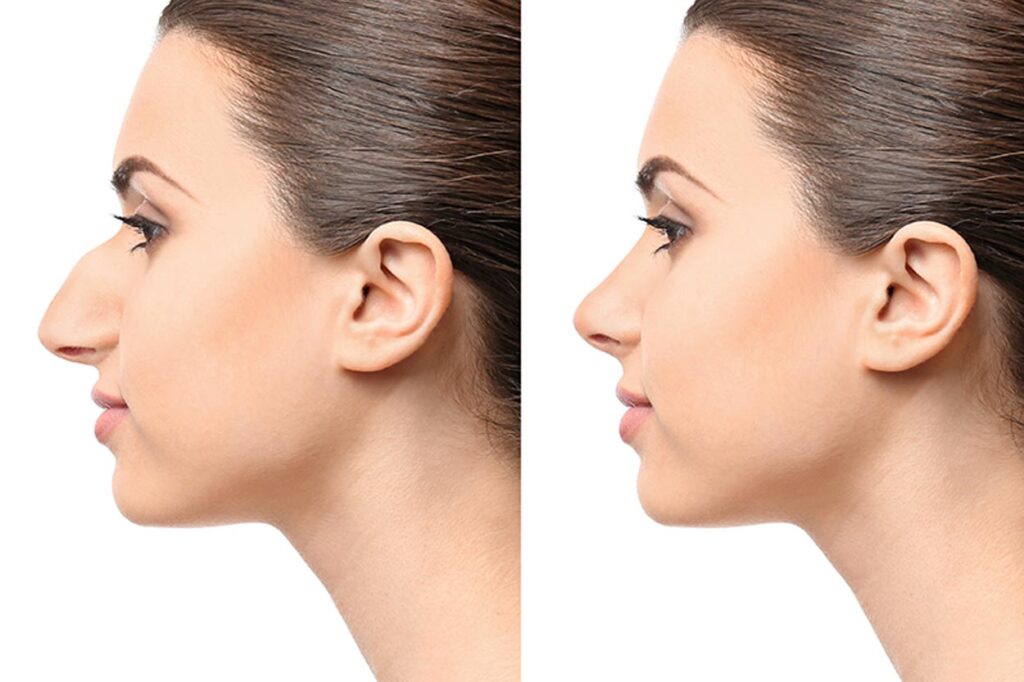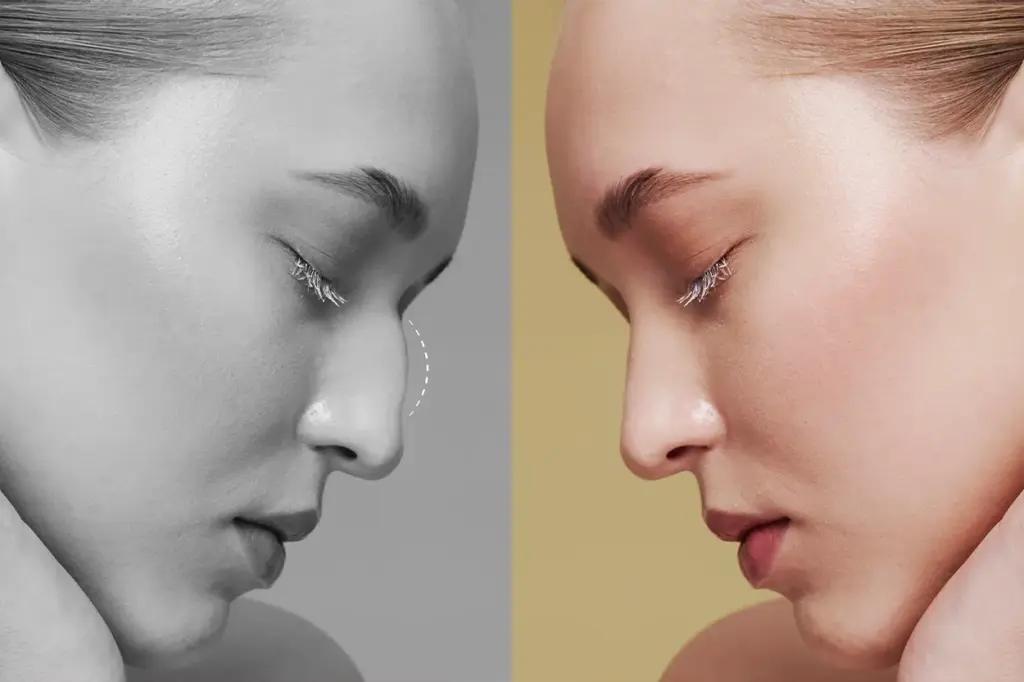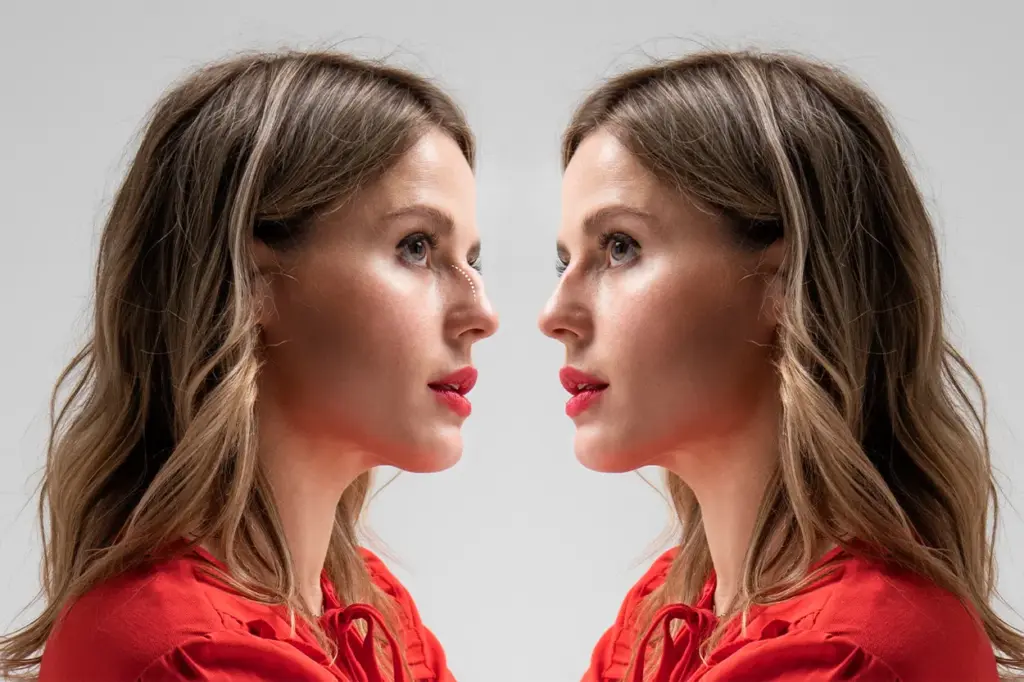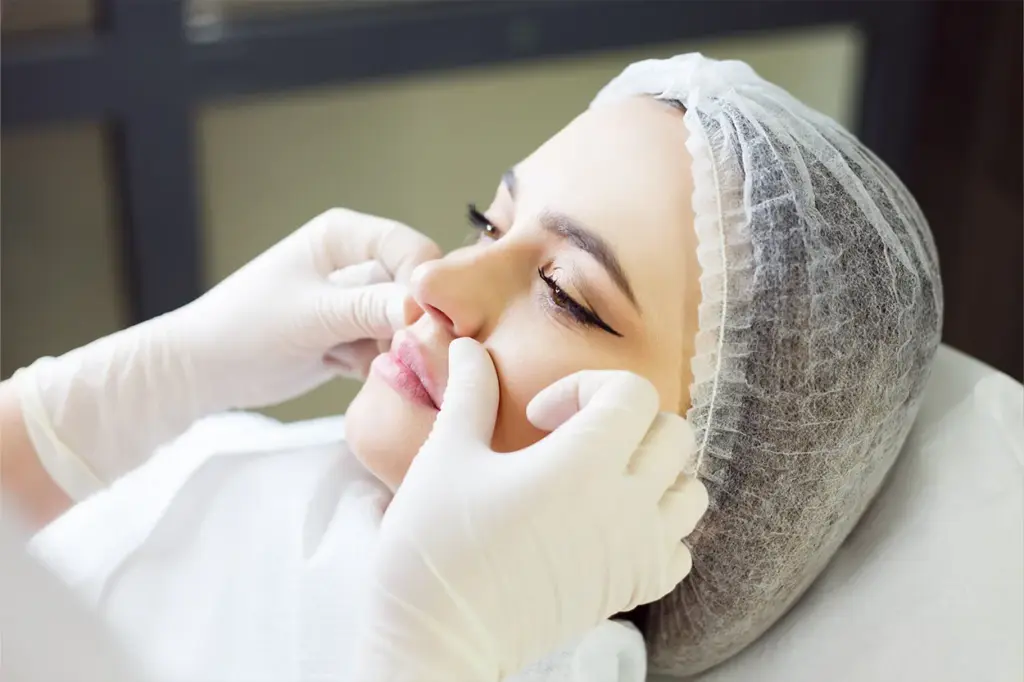Advanced Technology Equipment
We provide our treatments using equipment equipped with the latest cutting-edge technology, ensuring the highest standards of quality for our patients. Our state-of-the-art devices enhance both the effectiveness of our procedures and help us achieve optimal results. By investing in innovative technology, we continuously update our treatment methods to offer a more comfortable, efficient, and reliable experience. At every step, we aim for excellence in health and aesthetics, using the most advanced technology available.
Distinguished Team of Experts
We understand the unique needs of each of our patients and are dedicated to meeting those expectations with the utmost care and attention. In line with our commitment to health and safety, we conduct all procedural steps in state-of-the-art, sterilized environments, utilizing top-tier equipment and a highly skilled team. Our goal is to manage your treatment process without compromising your health or comfort, ensuring that each stage of care is safe, effective, and seamlessly executed. We prioritize not only successful outcomes but also a supportive, positive experience throughout your health journey.




What is Secondary Rhinoplasty?
Even if there are no deformities in the structure of the nose or even a hump, issues with the nasal tip can still disrupt the aesthetic appearance. Nasal tip aesthetics, which is part of rhinoplasty surgeries, is a procedure aimed at correcting problems such as a drooping or wide nasal tip, without affecting the overall structure of the nose.
In nasal tip aesthetics, there is no intervention in the bone or cartilage structure of the nose; only adjustments are made to correct the shape of the nasal tip. For this reason, it is a simpler and quicker procedure compared to other aesthetic surgeries.
You can reach our expert doctors at 0212 481 22 88 – 0530 542 46 95 or click here for appointment scheduling and address directions.
Nose aesthetics is a complex operation aimed at correcting congenital or trauma-induced deformities in the nose. The final results of nose aesthetics may take between 6 – 12 months to fully manifest. The structure of the nasal tissues, the size of the nose, or the existing problem all impact the healing process. Even a small operation can lead to significant results and changes, so it is crucial that it is performed by expert surgeons. Additionally, to ensure a natural aesthetic appearance, it is important that the procedure is carried out by skilled specialists to avoid an unnatural outcome.
Why is Revision Rhinoplasty Performed?
Revision rhinoplasty is often required due to issues that arise from inexperienced surgeons performing the initial procedure. Deformities caused by non-plastic surgeons can lead to the need for this corrective surgery. Problems such as a low nasal tip, a dropped nose, an overly short or long nose, or an imbalance in facial proportions can stem from such inexperience. Procedures like revision rhinoplasty and nasal tip aesthetics help to improve the appearance of the nose.
Another reason for revision rhinoplasty, even when performed by highly experienced surgeons, is the possibility of small imperfections. Minor adjustments can be made to improve the nose’s appearance and achieve the desired aesthetic outcome.
How is Secondary Rhinoplasty Performed?
Secondary rhinoplasty can be performed using either open or closed techniques, depending on the condition of the initial surgery and the structure of the nose. This procedure involves reshaping the bone, cartilage, and soft tissue to address issues like asymmetry or the height or droopiness of the nasal tip, aiming to achieve a more aesthetically pleasing appearance.
In secondary rhinoplasty, cartilage within the nose or, when necessary, the cartilage itself is worked on. If there is insufficient cartilage in the nose, cartilage grafts may be taken from the rib to provide additional support and improve the shape of the nose.
Recovery Process After Secondary Rhinoplasty
After secondary rhinoplasty, the patient is typically discharged the following day. Applying cold compresses helps the patient relax and accelerates the healing process. Additionally, keeping the head elevated continuously also aids in recovery. For the first four days, the nose should not come into contact with water. The patient can return to work after the first week, can start wearing glasses after two months, and can resume swimming after eight weeks. The nose will generally take about one year to fully shape and settle into its final form.
Things to Consider After Secondary Rhinoplasty
As with any rhinoplasty surgery, there are key considerations before and after secondary rhinoplasty that contribute to a faster recovery process.
In the first few days, it is recommended to consume liquid and soft foods. Some leakage and bleeding are normal after surgery, but if excessive bleeding occurs, it is important to contact your doctor. Avoid heavy and strenuous activities for at least one month. It is crucial to follow the doctor’s advice regarding medication and use the prescribed drugs as directed.
